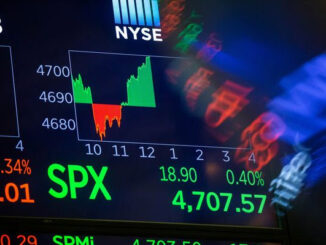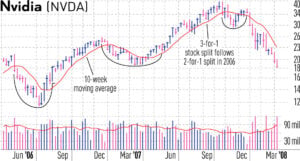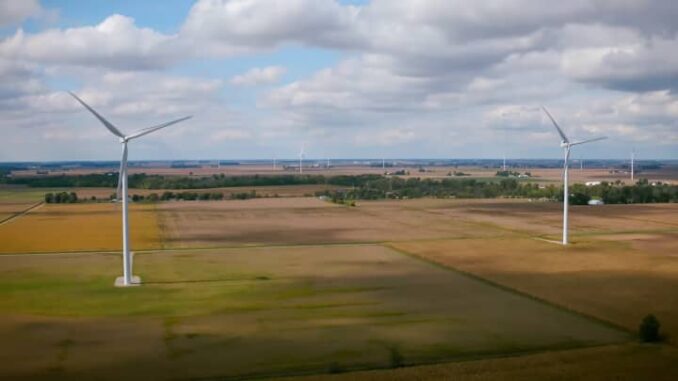
Big Tech companies are dominating the purchase of clean power. Among the group of frontrunners, Amazon is lapping all of the Big Tech companies many times over.
In 2022, Amazon bought 10.9 gigawatts of clean power, making it the largest corporate buyer of renewable power in the world, according to data from the market research company BloombergNEF. That’s enough energy to power the entire country of Ecuador.
Big Tech companies are dominating the purchase of clean power. Among the group of frontrunners, Amazon is lapping all of the Big Tech companies many times over.
In 2022, Amazon bought 10.9 gigawatts of clean power, making it the largest corporate buyer of renewable power in the world, according to data from the market research company BloombergNEF. That’s enough energy to power the entire country of Ecuador.
Amazon has accelerated its renewable energy procurements because right now, it’s a technology that is already available at a scale that Amazon can meaningfully decarbonize its business with, Daitch told CNBC.
“We know this is a place where we can have an impact at a really big scale today,” he said. The technology for low-carbon aviation fuels, for example, is not yet at scale. Amazon is funding innovation in areas of decarbonization that need more work and are particularly challenging right now via its multibillion-dollar venture capital fund, The Climate Pledge Fund.
As of January, Amazon has 401 renewable energy projects in 22 countries, including 164 utility-scale wind and solar farms and 237 on-site rooftop solar facilities at fulfillment centers, AWS data centers, corporate offices, and physical stores. A rooftop solar system on top of a fulfillment center in North America can produce as much as 80% of the energy of that fulfillment center, depending on the time of year and other variables.
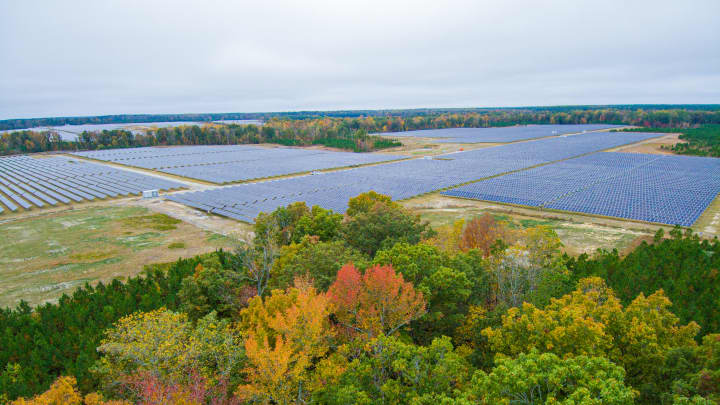
Planning ahead is critical because of transmission congestion in the U.S.
For Amazon to reach these kinds of aggressive renewable energy goals, it will use some Renewable Energy Credits, or RECs. The electric grid carries energy from all kind of sources, some clean and some dirty. RECs are legally accepted ways for a company to account for its own energy usage and document that it is purchasing clean energy.
While Amazon will buy RECs, they are not the focus of its renewable energy vision. Amazon is focused on building new wind and solar projects, Daitch told CNBC.
“If we have a project that’s coming online in 2025, we may purchase some credits in advance of that to signal our support for renewable energy in that market before the project comes online. But that’s really more of a bridging solution and not our core strategy, which is around enabling new wind and solar projects,” Daitch said.
In addition, Amazon does not buy more RECs than it has invested in actual renewable projects and its goal is to reduce its dependence on RECs over time, Daitch said. “The lion’s share and the meaningful part of our portfolio is all around the new wind and solar projects we are enabling around the world,” he said.
In the United States, getting new wind and solar power connected to the electric grid is its own challenge because the transmission system is virtually tapped out. To get a project connected to the grid, a new source of power generation, such as a wind or solar farm, has to get through a process of approvals called an interconnection agreement that can take years to move through a long queue.
“From our corporate strategy perspective, we’re fortunate that we’ve signed a lot of projects in 2020 and 2021. So a lot of our projects are actually ahead in that queue,” Daitch said.
“A couple of years ago, the average wind or solar project in the United States has got a two-and-a-half- to three-year development timeline. I think realistically now, in a lot of grids we’re looking at five years or more,” he said.
While Amazon is benefiting from its advance planning, Amazon knows that transmission congestion in the U.S. is a problem that down the will cause problems.
“Our 2025 goal and the projects we’ve slated for that are not as impacted by that long transmission queue as others may be if you’re looking at executing projects now or over the last six months, but we’re still trying to solve it, because we know it’s an important part of our long-term strategy,” Daitch said.
Amazon met with the Federal Energy Regulatory Commission, the main regulatory body in the United States charged with overseeing energy transmission and the wholesale sale of electricity, he said. “We advocated for policies that allow transmission operators to make forward-looking investments. Right now the transmission planning is very reactive,” he said.
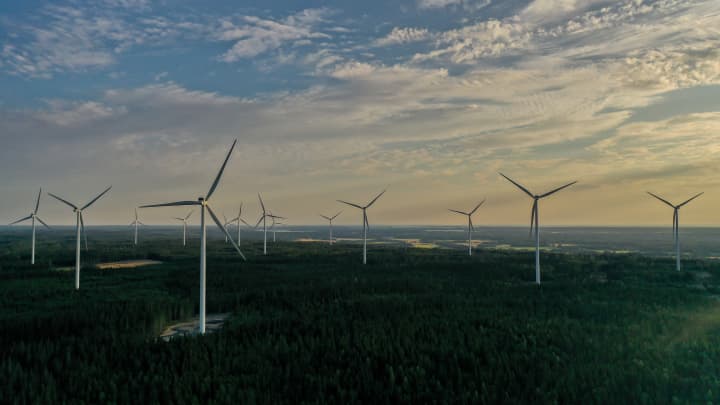
Building clean energy projects all over the world
Amazon started building wind and solar projects in the United States and Europe because that’s where the majority of Amazon’s business operates and also because that’s where path has already been tread.
“The U.S. and Europe have a regulatory framework and policies that enable vehicles for corporate buyers like Amazon to directly invest in projects. So I don’t want to say it was easier, but there was a path to do it at a really large scale in the U.S. and European countries,” Daitch told CNBC. “That’s not true all around the world.”
In some countries, especially where the energy infrastructure is state-owned, Amazon has to work with governments and regulators to build wind and solar power sources. Amazon has the benefit of a hugely recognizable brand and that gets “senior leaders at the utility and high-level government officials to sit down with us,” he said.
The company’s reputation as a goliath in clean energy generation also helps. “Our track record of being successful in deploying renewables around the world really gives us that credibility,” he said.
For example, Amazon had to set up new regulation to be able to execute a corporate solar agreement in South Africa. In Indonesia, Amazon is partnering with PLN, a state-owned utility, to be able to invest in solar projects there.
Amazon hopes other companies take advantage of the paths it is forging.
“When we create these different tariffs and structures for building renewable projects, they’re not just limited to Amazon. Any company can come into South Africa now and leverage the tariff and structure we put in place to build around wind and solar projects,” Daitch said. “And we hope other companies take advantage of that.”
Another challenge is nascent supply chains in many countries.
While standing up renewable projects in places such as South Africa and Indonesia comes with hurdles, the benefit is they have a greater effect on carbon reduction because those countries have more coal-fired power plants.
When Amazon looks to expand AWS to a new region, access to renewable sources of energy is a key part of those conversations, Daitch said, but so far, Amazon has found a way to establish renewable sources in any country it’s looking to move into.
“We want to be clear-eyed and eyes wide open about the challenges that we might face, but if we limited ourselves to saying, ‘Okay, we’re only going to scale our business in places where we know we can get to 100% renewable with off-the-shelf tools and no changes to the legislative or regulatory structure,’ we wouldn’t have had the opportunity to make some of the impacts we have in these new countries and opened the door for the renewable industry in the way we have,” Daitch said.
In addition to regulatory innovation, Amazon also innovates from a technological perspective. For example, in India, where the grid is still overwhelmingly powered by very dirty sources of energy, Amazon puts solar panels and wind turbines at the same project, he said. “The more renewable energy we can put on that grid, the more carbon we can abate. Combining wind and solar together is a really exciting way to do that,” he said.

